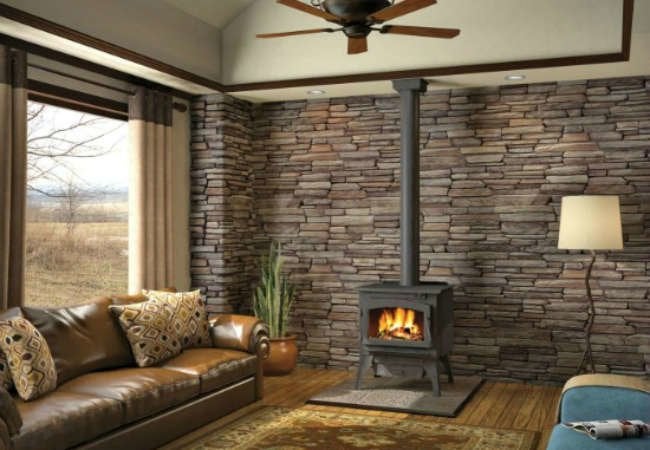We may earn revenue from the products available on this page and participate in affiliate programs. Learn More ›
Energy Savings
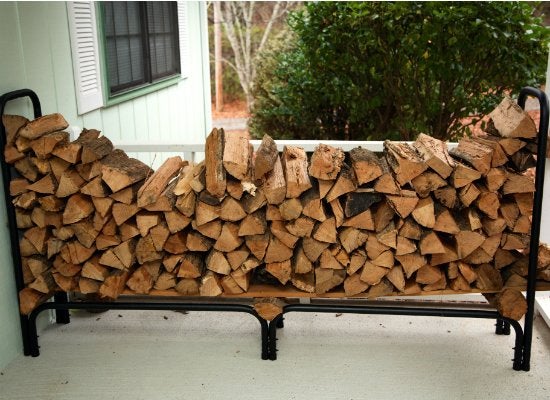
A cord of properly seasoned hardwood produces heat that is equivalent to about 130 gallons of fuel oil. Wood is a renewable resource, and trees sourced from your region can support your local economy.
Location, Location, Location

Because heat rises, a wood stove on the main floor will also help heat a second floor. Locating the stove in the area where you spend the most time can help cut fuel consumption by up to 25 percent.
Efficient New Models
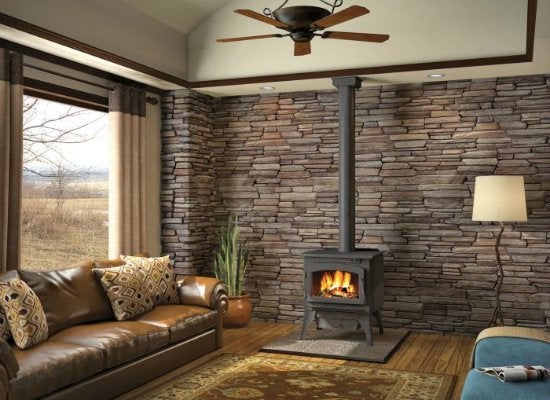
Earlier models of wood stoves didn’t have a good reputation for efficiency, but stove manufacturers have upped their game in recent years. Look for EPA-certified models when you buy—they produce only two to seven grams of smoke per hour compared with the 15 to 30 grams per hour put out by old, uncertified stoves.
Safer Than Ever
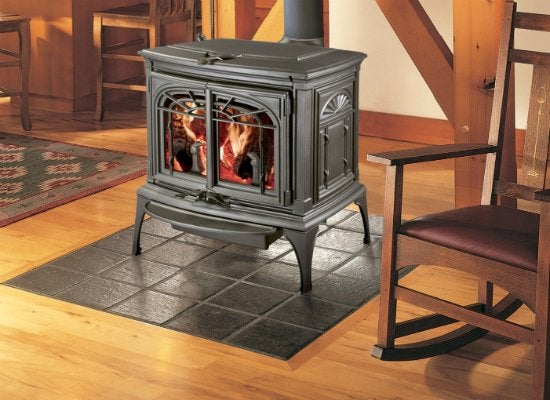
Wood stoves have become safer than ever since the 1980s. This is due not only to new standards for appliances and parts, but also to training and certification programs for folks in the business of selling and installing wood stoves. They’ll help you make sure that your stove is installed the right distance away from the wall, with a proper hearth underneath to protect your floor.
Old Reliable

One of the worst things about severe winter weather (aside from digging your way out) is the possibility of losing power. That’s where a wood stove can save the day, continuing to keep your home toasty warm and offering a place to cook a meal, even when the rest of your appliances are inoperable.
Retrofit Kit
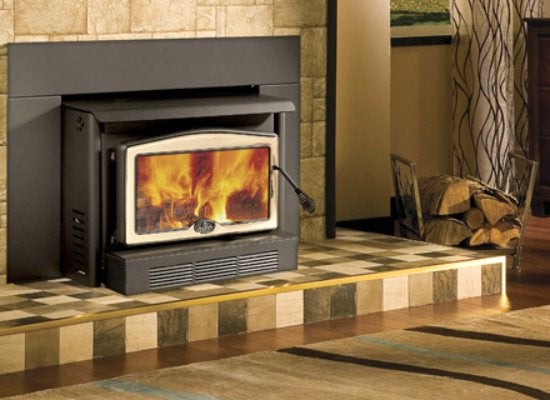
If you already have an existing wood-burning fireplace in your home, you can purchase a fireplace insert that can transform a primarily decorative hearth into a functional wood stove. These insert kits seal off the fireplace, allowing you to control the airflow as you would with a wood-burning stove.
Multipurpose
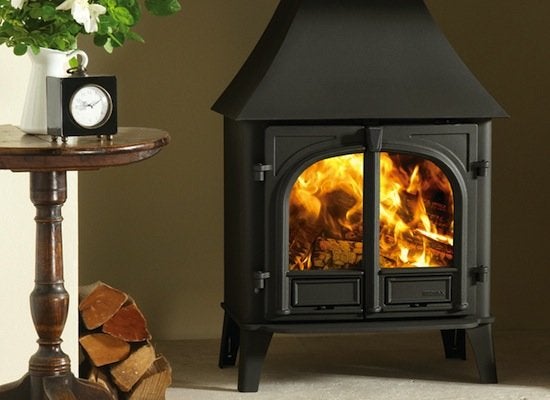
For even more energy savings, check out modern units that can be hooked up to water heaters or radiators. There’s a growing online community of resourceful home hackers who can help you safely DIY your own solution.
Whole-House Heat
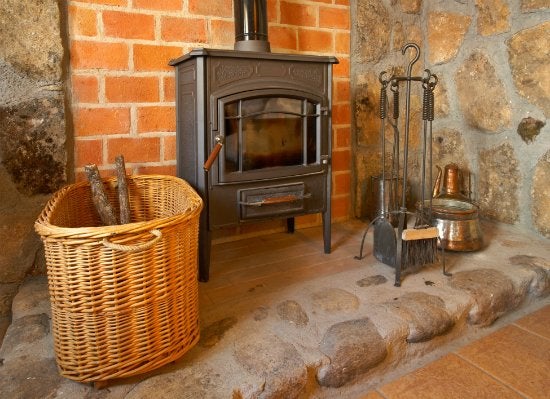
To heat your whole home for less, check out whole-house wood-burning systems that can replace existing gas, oil, or electric heating systems. Plus, they’re thoroughly modern, with features like automatic loading wood hoppers, automatic ignition switches, programmable timer settings, and remote controls.

Save Energy While Staying Cozy
Today’s energy-efficient space heaters warm individual rooms, so users needn’t heat unoccupied areas of the house. We tested the most popular space heaters on the market to find out which ones performed the best.

